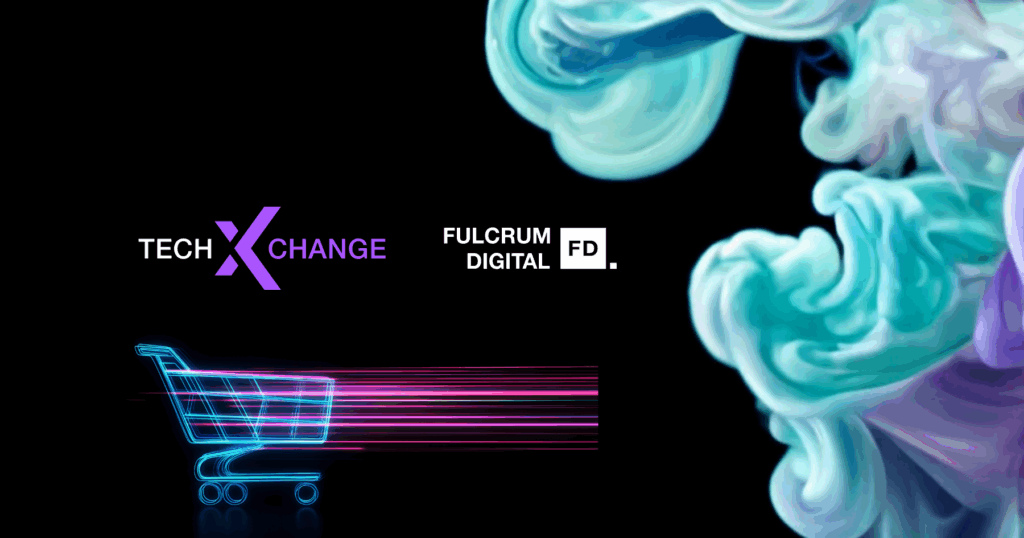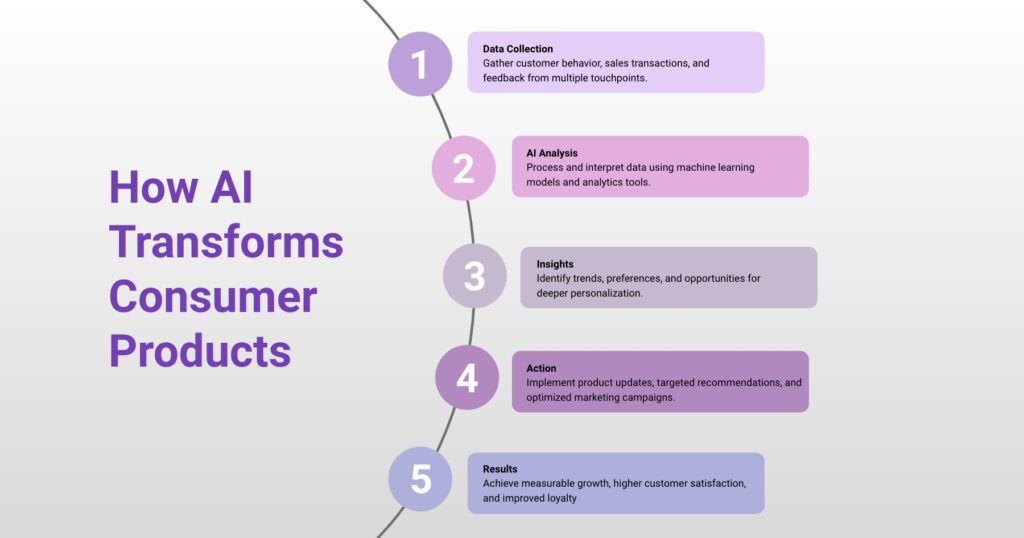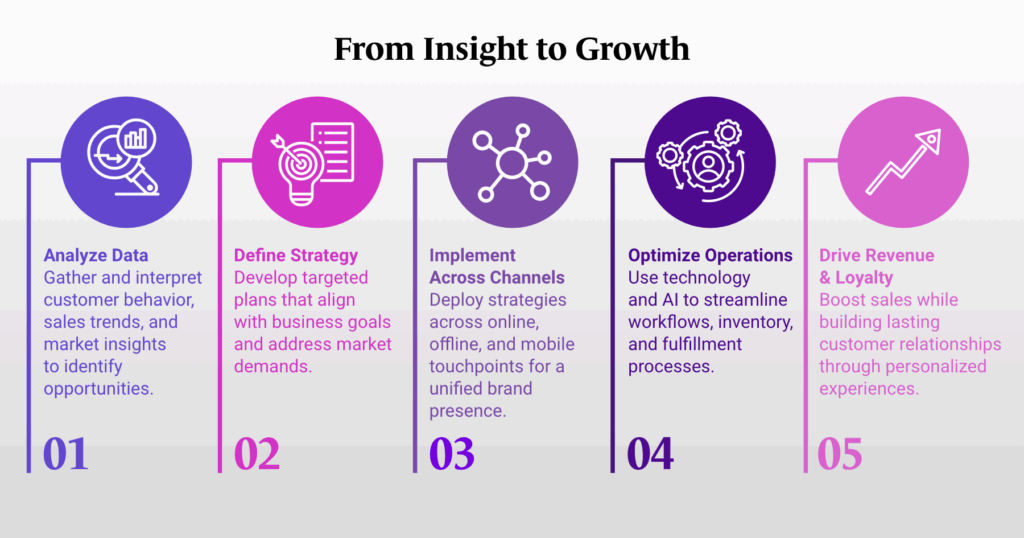Building a campus tech stack that delivers on student experience and institutional resilience.
Every technology decision on campus is now a decision about student experience. As a university leader, you’re not only approving budgets for software or infrastructure, but also shaping how your institution attracts, retains, and supports learners in an increasingly competitive UK higher education market.
Cutting-edge technology in education is no longer experimental; it’s the foundation for operational resilience, academic excellence, and research impact. Whether it’s AI-enhanced learning platforms or smart campus infrastructure, the tools you choose today will define your university’s agility tomorrow.
The right campus tech stack isn’t about trends. It’s about building an integrated ecosystem that serves students, empowers staff, and strengthens institutional reputation. Here are five pillars every UK university should prioritise.
1. AI-Enhanced Learning & Teaching Platforms
In UK higher education, learning management systems are shifting from static content libraries to AI-powered teaching partners. Platforms like Canvas, Blackboard Ultra, and Moodle with AI plugins can personalise pathways, recommend resources, and issue early alerts when students disengage. Predictive analytics not only help tutors intervene sooner but also generate insights for curriculum design and resource allocation.
This is urgent: continuation rates for full-time first-degree students fell from 91.1% in 2022 to 89.5% in 2024, with the steepest challenges among foundation year cohorts, franchised programmes, students entering with lower qualifications, and courses such as Business, Management, and Computing. For CTOs and CIOs, the opportunity lies in wiring these AI signals into tutor workflows and student dashboards so staff can act earlier and learners can self-correct before risks turn into attrition.
2. Unified Student Engagement & Wellbeing Apps
For today’s students, the campus experience starts on their phones: by 2024, 100% of UK adults aged 16–24 owned a smartphone, making mobile-first design essential. Unified apps bring timetables, coursework, wellbeing resources, and services into one hub, reducing friction and creating a single trusted channel.
The results are clear. At Keele University, withdrawal rates dropped from 21% to 9% in 2023–24 after targeted interventions powered by engagement analytics, while repeat-year success improved by 10%.
Yet, accessibility remains underdeveloped: 19.8% of UK higher/further education leaders called digital accessibility a “low priority” in 2024, despite WCAG compliance being mandatory. Encouragingly, 32% expect investment to rise in 2025. Here, AI, and especially Agentic AI through platforms like FD Ryze, can close the gap by generating captions, adapting interfaces, and surfacing wellbeing resources when risk signals appear. Unlike static systems, agentic models act proactively, ensuring students with diverse needs engage on equal terms.
 3. Research Data Management & Collaboration Tools
3. Research Data Management & Collaboration Tools
Research excellence underpins both funding and reputation, making compliant data management a strategic priority. UKRI policies now require outputs to be FAIR (findable, accessible, interoperable, and reusable) and institutions that fall short risk grant eligibility and REF impact scores. Platforms like Figshare provide repositories where universities can store, cite, and share research data, while integrating with SSO, CRIS, and library systems to fit seamlessly into the campus ecosystem.
The benefits extend beyond compliance: Figshare and similar platforms enable multi-institution and international collaboration, boosting visibility of research outputs. With AI and Agentic AI layered on top, universities can mine these datasets for literature reviews, meta-analysis, and cross-disciplinary discovery. For CTOs and CIOs, the priority is building research infrastructure that safeguards funding while unlocking innovation.
4. Smart Campus Infrastructure
A modern tech stack extends into the physical estate, where IoT devices and sensors transform how space, energy, and resources are managed. Smart campus strategies improve sustainability and efficiency while redefining how staff and students experience learning spaces.
The University of Glasgow’s Smart Campus Digital Masterplan uses IoT and analytics to optimise energy usage and create flexible, technology-rich environments. Its Aspire building (ARC) integrates advanced AV systems, virtual reality suites, and remote lab access to support immersive and collaborative learning. Likewise, the University of Manchester’s Alan Gilbert Learning Commons demonstrates how “social information hubs” can support flexible study styles, blending physical and virtual collaboration. For CTOs and CIOs, smart infrastructure means aligning sustainability goals with student expectations while connecting physical and digital campus experiences.
5. Cybersecurity & Digital Trust Frameworks
With universities holding vast amounts of personal data, intellectual property, and research outputs, cyber risk is no longer a back-office issue. The Cyber Security Breaches Survey 2025 found that 91% of UK higher education institutions experienced a cyber breach in the past 12 months, more than double the average across all UK businesses (43%). Jisc has repeatedly warned that universities are prime ransomware targets, with attacks disrupting teaching, research, and reputational standing.
Responses are often reactive, with investments made after breaches occur. For tech leaders, the mandate is clear: prioritise AI-powered threat detection, automated incident response, and continuous monitoring alongside awareness training for staff and students. By embedding digital trust frameworks into the tech stack, universities can protect sensitive assets while ensuring innovation and compliance remain uncompromised.
Universities that treat technology as infrastructure, not add-ons, will be the ones that thrive in the years ahead. The opportunity isn’t just to modernise systems today, but to create a connected campus where learning, research, wellbeing, and security reinforce one another. That requires a strategy as much as tools. To turn these priorities into measurable outcomes for your institution, connect with our EdTech experts and explore how we can help you architect the next generation of your campus tech stack.







